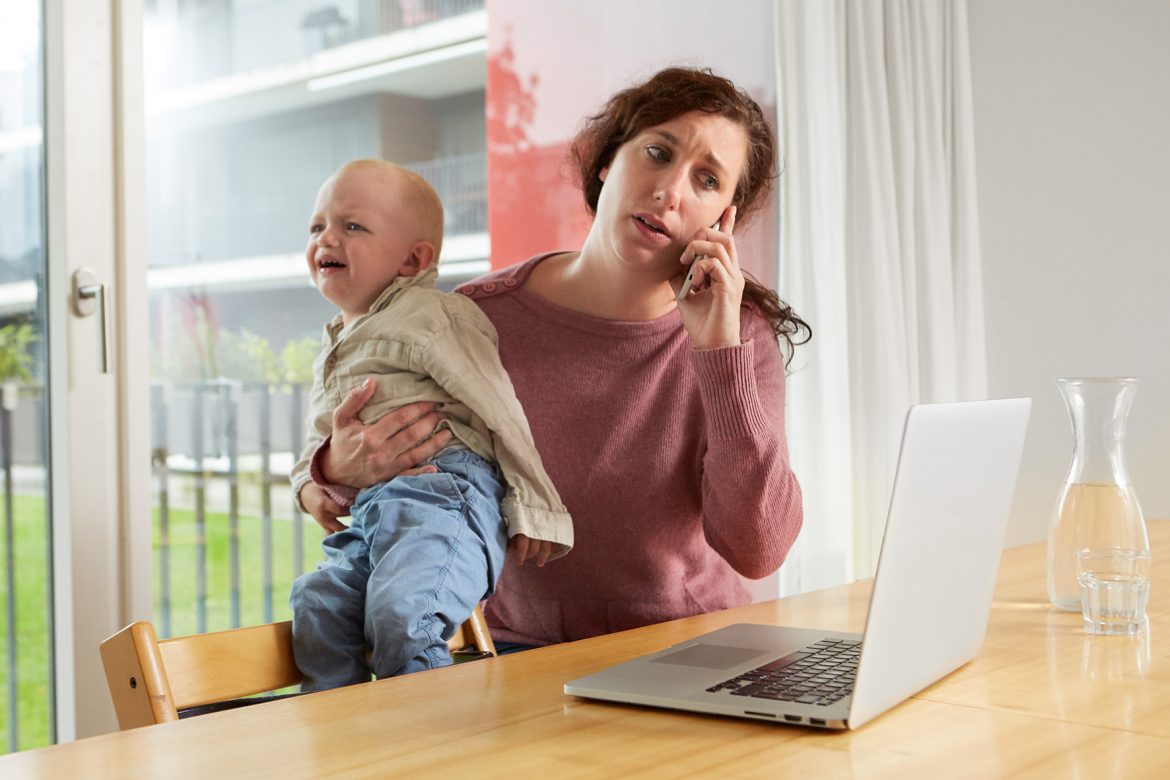We are now accustomed to keeping our distance by at least a metre, our hands have seen more alcohol than we drank in our twenties, and of course, we wear masks.
Covid has irrevocably changed our lives in many ways.
But a year since the virus came into our lives, it is perhaps our working lives that have changed the most.
The first lockdown in March 2020 saw, seemingly overnight, jobs either deemed ‘essential’ or ‘non-essential’, titles that did not even exist before the pandemic.
The former refers to workers without whom the country would go into disarray: NHS workers, supermarket staff, and teachers.
The latter, while those who do them may argue they are vital in one way or another, are jobs the world could live without – comforts like restaurants and theatres and places to socialise, which, while integral in our lives today, are not necessary for survival.
Those with jobs deemed ‘non-essential’, and some people who worked from home, were put on a government scheme – furlough.
The furlough scheme
The government recognised that people would not be getting paid if they were not working and agreed to pay 80 per cent of wages with employers having the option to top-up pay packets with the additional 20 per cent.
In December 2020, 1.2 million people were on furlough in the UK, amounting to £46.4bn in pay outs from the government.
Cinema attendant Steff Hanson, 25, said she was reliant upon her wages from her job and so had to dip into savings as she was furloughed at 80 per cent. However, she said furlough made her feel better.
“I knew I could spend the time at home working on projects I am passionate about while still getting some sort of income,” she said. “It can be difficult if the 80 per cent payments aren’t enough.”
Not everyone benefited so well from being put on furlough.
Leisure activities worker Sam Thomas, 24, said he started his new job in October and worked half a month before new restrictions were put in place, forcing his place of work to close. Now, his furlough pay is being based on that month alone.
“At the moment, I’m getting about £300 a month, which is pretty much a third of what I should be getting every month anyway,” he said. “It’s not enough to live on.”
Thomas said his car payments alone take him over his monthly wage. He stressed that he was fortunate to still live at home, but he does pay rent to his parents as well, which has just landed him in more debt.
“When it comes to money, I’m severely depressed,” he said. “I’m quite far into my overdraft. My next payment from my job is going to take me up to the zero point, but then I’m going to enter my overdraft again to pay the rest of my bills next month.”
The furlough scheme has allowed those who cannot carry out their jobs to continue to receive payments, however, as Thomas and many more people across the country can attest, it is not a perfect solution.
Data from October 2020 collated by the Office for National Statistics found that four in 10 furloughed employees were not having their pay packets topped up to the full 100 per cent of their typical monthly wage. This 20 per cent can be, and has been, a huge factor for many.
Jon Tolley, Liberal Democrat councillor for Kingston and owner of local record store Banquet Records, was one employer who chose to top-up pay packets to the full 100 per cent.
He said only three members of staff were furloughed at Banquet Records due to feeling uneasy about coming to work.
“At that point, we didn’t have the work, so it worked out quite well for us,” he said. “We topped up their pay to 100 per cent by cashing in yearly bonuses early.”
Two employers who work part-time in the events sector of the business were furloughed at 80 per cent because it was their second job.
Chancellor Rishi Sunak announced in the budget at the beginning of March that the furlough scheme would be extended until September.
Work from home
Prime Minister Boris Johnson’s instructions were clear: work from home, if you can. In no time at all, we became accustomed to working from our bedrooms, our studies, or our lounge if the kids weren’t home.
This has become so ingrained in our day-to-day lives that recently, Reach plc is set to close all, bar 15, of its offices in the UK, telling journalists to permanently work from home.
On February 12, Spotify announced that it would be allowing its employees to work from wherever they worked best, be that the office, home, or a mix of both.
Twitter employees have also been granted permission to work from home “forever” and Microsoft has introduced “more flexibility” to working from home.
While there has been a move towards a permanent work-from-home structure to society, it does have its drawbacks.
Physical and mental health were affected hugely by the pandemic. A recent survey published in the Journal of Occupational and Environmental Medicine showed that 65 per cent of people working from home reported physical pains, including in their lower back and “tech neck” – aches and pains in the neck from staring at a screen with poor posture.
Almost three quarters, 74 per cent, cited a new mental health issue, such as anxiety.
Kingston resident John Warne, a systems analyst for a large department store in Knightsbridge, said he actually found working from home easier at times as he was less likely to be disturbed while working.
He said: “As someone who is clinically extremely vulnerable, my workplace has gone above and beyond to make sure I am fully equipped to work from home for the foreseeable future.
“Hopefully I may be able to work in the office part-time soon. I do miss the social interaction.”
Covid has had an impact on people in all states of working life. From working from home, the introduction of the furlough scheme and ‘essential’ and ‘non-essential’ jobs, the pandemic has changed working life for the foreseeable future.






